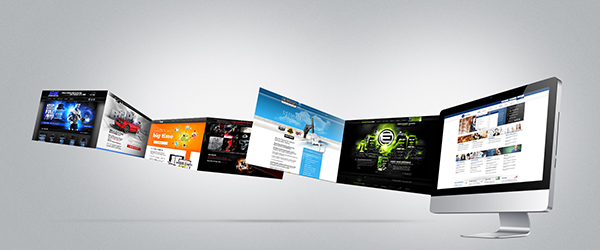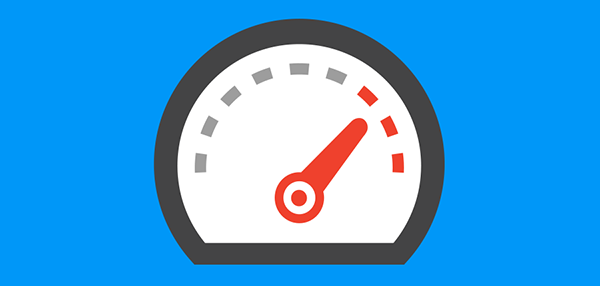Tools to Increase Dwell Time
Now that we have a better understanding of how Dwell Time Metrics affects SEO, especially after Google launched “Mobile-geddon”, you might be asking, “so how can I improve my dwell time?”
Well, that depends on your site’s current performance, which will then show what improvements are needed. One thing is sure though, getting a Long Click is never easy, and it absolutely requires time and patience.
It’s great that there are tons of tools to help improve Dwell Time – but note that these don’t guarantee a Long Click for your website or webpages. However, it will definitely increase your chances of better engagement with your audience, which will also increase dwell time, and in the long run will lead to a Long Click.
How to Increase Dwell Time and Tools to Help You Achieve It
1. Get in the searchers head
It’s important to know what people are searching for, and what exactly they’re looking for when they visit your site. In the Solving the Pogo-Stick Problem Whiteboard Friday by Rand, he listed great solutions to the Pogo-Stick problem, and one of them is getting in the searchers head.
You need to start asking what questions these people have. What will make them engaged? What do they want to know?
Imagine if you know these things, then it will be a lot easier to produce content that people will actually love.
For this matter, you can use Quora to ask questions, to have a gist of what people are searching for, or you can also use survey tools like Qeryz – we’ve seen tremendous increase in our time on page since we installed it.
2. Web Design and Responsiveness
Design is a very crucial part of a website. If you don’t have good design and layout, even if you have astonishing content, chances are your audience will leave your site.
If you’re looking for good web design templates, there are millions of available and free themes out there, but if you want the best that you can use as pegs, you can check out Awwwards and Dribbble – aside from templates, you can also reach out to designers for advice, and even hire them if you have the budget and if you feel like you need an expert.
With the increasing rate of mobile users, it is also important to have a responsive website. We’ve published an article about Mobile-geddon in which we also enumerated some of the great tools that can help analyze your site’s mobile responsiveness. You might want to check those tools here.
Aside from web design and mobile responsiveness, you should also evaluate your images (featured images, article’s images, and even the images from your sidebars). To help you create high visual-quality images, try out Canva and Pablo by Buffer.
3. Title Tags and Meta Descriptions
Here’s what we usually overlook. We tend to focus on other things – design and other strategies like link building. But if we really try to understand the process of a search query, we will then realize that after searchers hit the ‘search button’, Title Tags and Meta Descriptions will appear – not your design or content – not yet. And it will help searchers decide whether or not to click on your site.
To make sure that you’re in control of your title tag and meta description, you can use plugins like SEO Ultimate, SEO Yoast and iJoomla.
You can also do a quick run of your website to know if all your pages have the right title tags and meta descriptions by using Contentlook and A1 Website Analyzer – we’ve written an intensive guide on conducting a site audit using these tools, check it out! Or just embed My Site Auditor, a free SEO audit tool on your site to engage your audience as well as to get an analysis of your own site – that’s hitting two birds with one stone!
4. Load Speed
Like design, it’s up to the load speed whether people will continue browsing a website or not. If you fail in this part, then don’t bother asking why your website’s dwell time is too low.
Tools like Pingdom Website Speed Test and GTmetrix can definitely help you analyze the performance of your website. Now, if you find that your site’s loading too slow, we have varieties of guide to Site Speed Optimization:
- Does a Dedicated Server Help with Increasing Site Speed
- Optimizing Site Speed: Asynchronous and Deferred Javascript
- How you can Speed up your Site’s Load Speed by 40%
- How to Implement Self-Hosted CDN for Site Speed
- 12 Important Lessons I Learned After Losing 101,569 Tweets
You can also use plugins like W3 Total Cache, and WP Rocket or try out MaxCDN for a foolproof high speed website.
Final Thought
There are tons of things that you can do to increase engagement on your website. I found this 61 tips for increasing engagement – yes that’s a whopping 61 tips! But it will always boil down to user-experience.
Today, Google will rank sites with the best user experience. And what’s the best for users is the best for Google.
So before you do too much SEO, too much link building, and other strategies consider following these ways first. After all, our goal is to engage with the right audience, with the hope of making them returning visitors or to customers.



